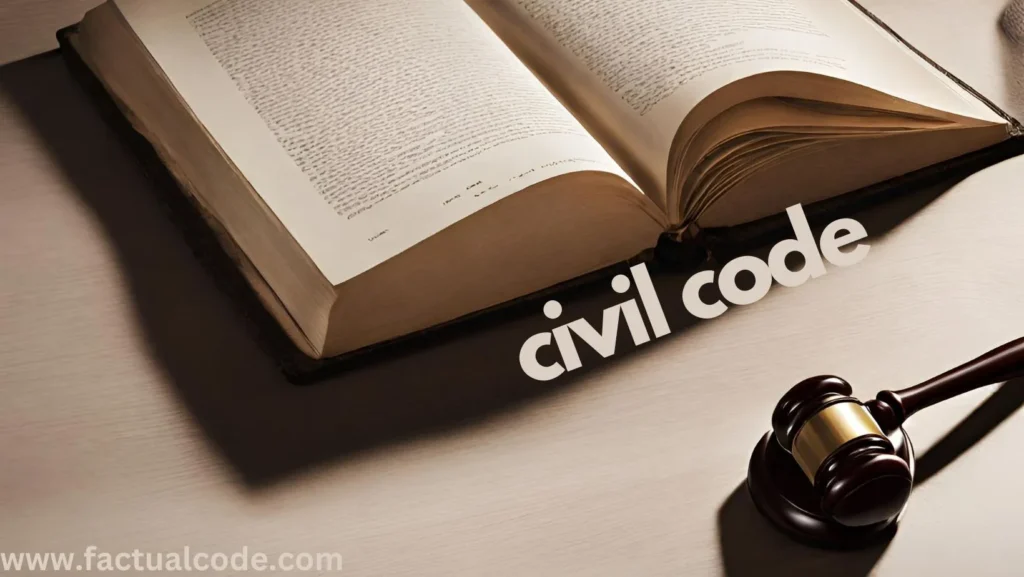Introduction
Order II Rule 2 of the Code of Civil Procedure, 1908 (CPC) is a critical procedural provision that mandates the inclusion of all claims arising from a single cause of action in one suit. This rule ensures judicial efficiency, prevents harassment of defendants through multiple suits, and avoids unnecessary burden on courts. This note provides an in-depth analysis of the provision, its objectives, judicial interpretations, and exceptions, tailored for academic and legal purposes.
Legal Framework: Order II Rule 2 CPC
Key Provisions
1. Rule 2(1):
Plaintiffs must include the entire claim arising out of a single cause of action in one suit.
2. Rule 2(2):
Claims omitted without court permission cannot form the basis of a subsequent suit.
3. Rule 2(3):
If omitted claims arise from a distinct cause of action, the bar under Rule 2 does not apply.
Core Elements of the Rule
1. Cause of Action:
The bundle of facts that gives rise to the plaintiff’s right to sue.
2. Bar on Splitting Claims:
Prevents filing separate suits for claims arising from the same cause of action.
3. Leave of the Court:
Permission from the court is mandatory to exclude a portion of the claim.
What is a Cause of Action?
The cause of action refers to a set of facts that establishes a legal right to initiate a suit. It forms the basis on which the plaintiff seeks judicial remedy.
Illustrative Examples:
1. Contractual Claims:
A breach of a loan agreement gives rise to a cause of action for recovery of money.
2. Tortious Claims:
A wrongful act causing injury constitutes the cause of action in tort law.
Objectives of Order II Rule 2
1. Prevention of Multiplicity of Suits:
Ensures that all claims related to one cause of action are resolved in a single suit.
2. Judicial Economy:
Reduces the burden on courts by avoiding repetitive litigation.
3. Fairness to Defendants:
Protects defendants from facing multiple suits for the same cause of action.
4. Finality in Litigation:
Promotes the conclusive resolution of disputes, avoiding piecemeal adjudication.
Judicial Interpretation
Landmark Judgments
1. Mohd. Khalil Khan v. Mahbub Ali Mian (1949, Privy Council):
The Privy Council clarified that all claims arising out of a single cause of action must be included in one suit, barring subsequent claims if omitted without court permission.
2. Deva Ram v. Ishwar Chand (1995, Supreme Court):
The Court ruled that splitting claims under the same contract is impermissible, emphasizing the rule’s strict application.
3. Alka Gupta v. Narender Kumar Gupta (2010, Supreme Court):
Reiterated that subsequent suits for omitted claims based on the same agreement are barred, affirming the rule’s role in maintaining procedural discipline.
Illustrations of Order II Rule 2
1. Single Cause of Action:
A owes B ₹1,00,000 under a loan agreement. If B sues for ₹50,000 without court permission to omit the rest, B is barred from suing for the remaining amount later.
2. Distinct Causes of Action:
If A owes B ₹1,00,000 under a loan and ₹50,000 under a separate sale transaction, B can file two suits, as these arise from independent causes of action.
Exceptions to the Rule
1. Permission from the Court:
Plaintiffs may exclude a portion of their claim with the court’s approval and file a subsequent suit for the omitted part.
2. Distinct Causes of Action:
The rule does not bar suits arising from separate and independent causes of action.
3. Omissions Due to Genuine Mistakes:
Courts may excuse genuine omissions if they do not prejudice the defendant’s rights.
Principles Behind the Rule
1. One Proceeding for One Cause of Action:
Consolidates all claims into a single suit for comprehensive adjudication.
2. Avoidance of Harassment and Re-litigation:
Protects defendants from vexatious litigation and prevents inconsistent rulings.
3. Efficient Use of Judicial Resources:
Ensures that court time is not wasted on fragmented litigation.
Critical Analysis
Order II Rule 2 is a vital rule that promotes procedural discipline and judicial efficiency. However, its rigid application can occasionally lead to harsh outcomes for plaintiffs who unintentionally omit claims. Courts have adopted a balanced approach, allowing flexibility in cases of genuine mistakes or where justice demands leniency. Nevertheless, it remains a cornerstone for preventing abuse of judicial processes.
Conclusion
Order II Rule 2 CPC is a procedural safeguard ensuring that all claims arising from a single cause of action are adjudicated comprehensively. It prevents multiplicity of suits, protects defendants, and upholds judicial efficiency. While the rule’s strictness may occasionally cause inconvenience to plaintiffs, its importance in maintaining procedural discipline cannot be overstated. For law students and practitioners, understanding this rule is essential for mastering civil litigation.

